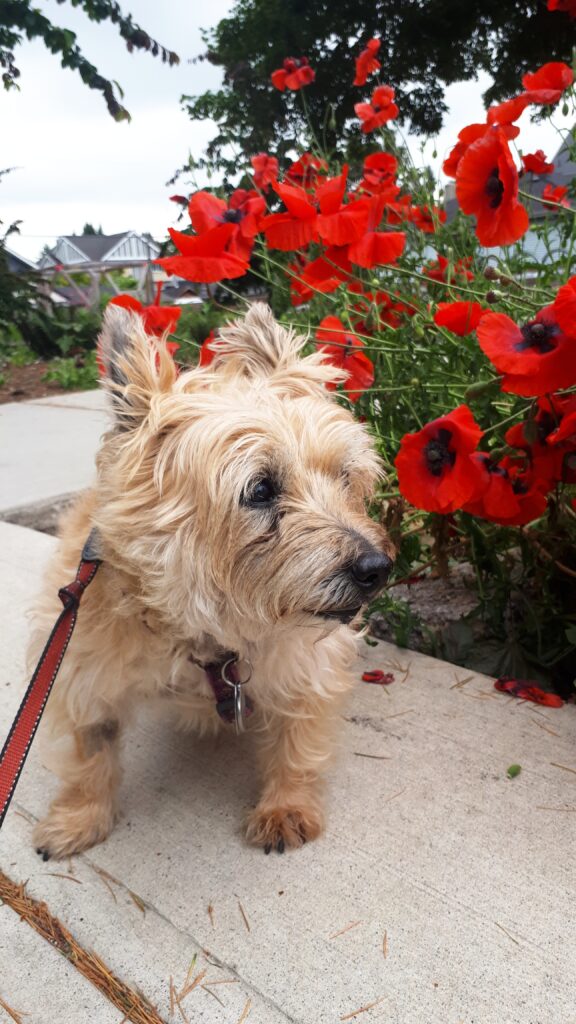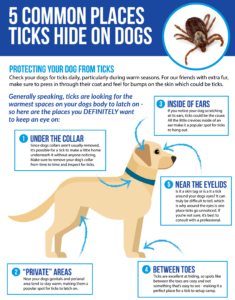When Mavi was a puppy she pulled on the leash, so I bought her a harness. That didn’t stop the pulling. As her reactivity increased I knew I had to go back to the basics and build a solid foundation of skills. One of those skills is the loose leash and I have been using these training tips to help improve our walks. Having her in a follow state means she is not up front leading and being on-guard. When I’m leading the walk she is more relaxed and better able to manage her reactions.

Here’s the list we put together for 10 Loose Leash Training Tips…
1. Choose the right gear. A slip leash is most recommended, or you can try a martingale collar and leash
2. Choose which side you prefer your dog to be on and then practice keeping them on that side
3. Relax your shoulder and arm, your arm should be able to hang and swing as normal
4. Have a firm grasp of the leash without holding it too tight – your dog will feel your energy and tension
5. If your dog is pulling, stop moving forward / walking in a straight line (see #6)
6. Change direction, walk in an unpredictable pattern – zig zag, serpentine or do quick 180 degree turns and cross in front of the dog
7. Slow down the walk – like extra slow… then go even slower!
8. Talk less – use the leash and your body language to communicate with your dog
9. Take a few steps, wait for your dog to sit and repeat! This should also encourage eye contact and engagement from your dog
10. Be patient and calm. For the first few walks you might not get very far, but they will improve with practice
(Bonus tip) Have fun! Changing habits (for you and your dog) is challenging but try to have fun and enjoy working with your dog! Need more help? Contact us for dog walks or training.
Happy dog walking!
~Shannen : )

